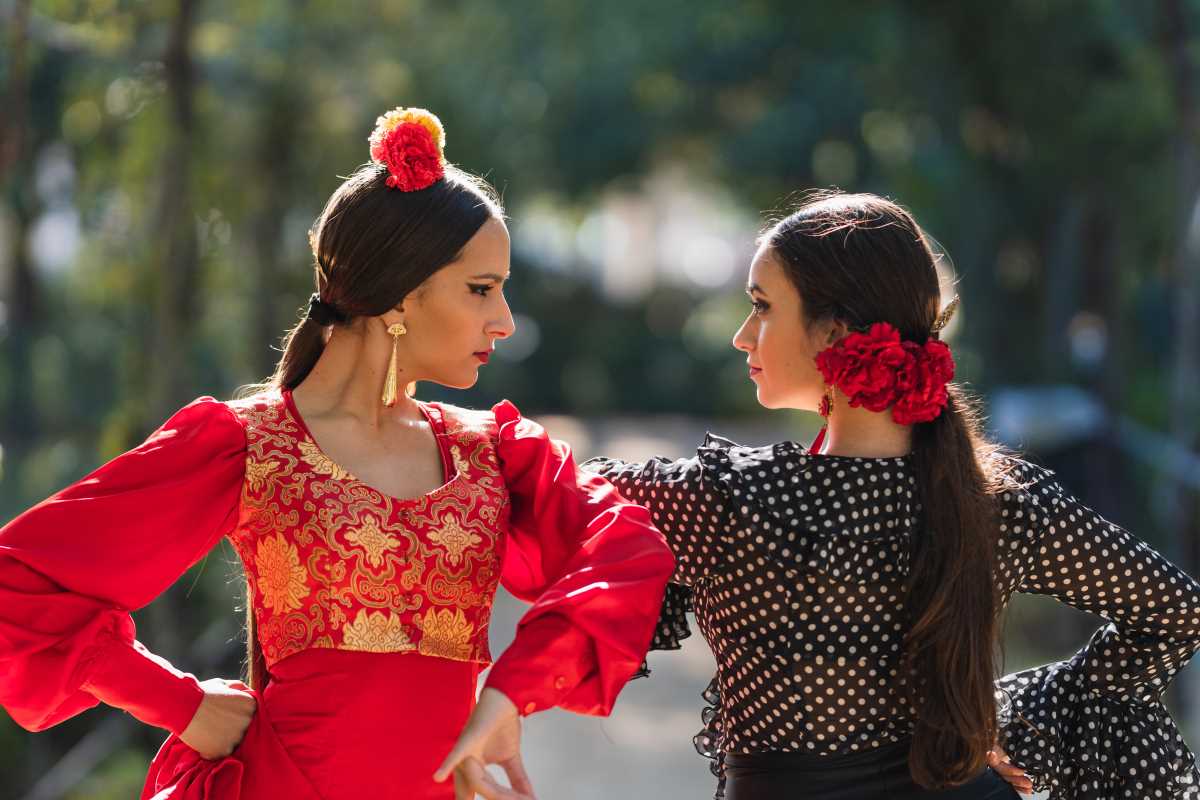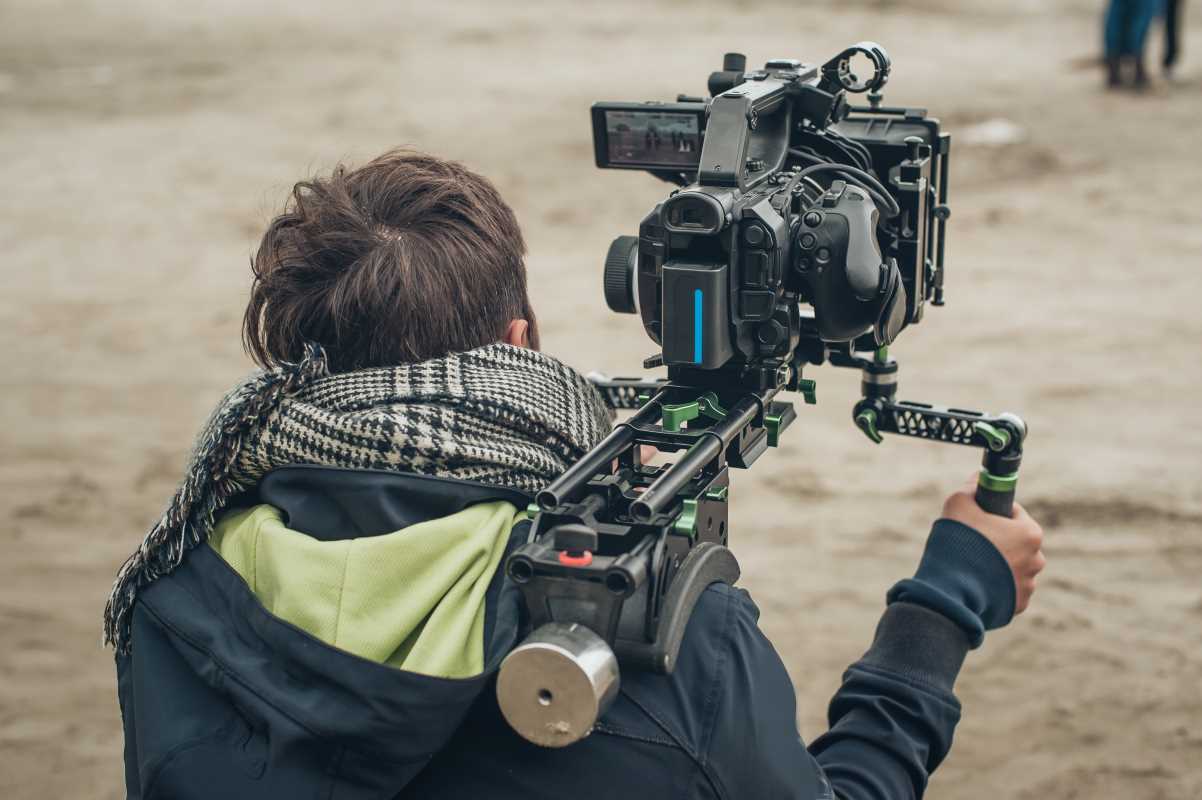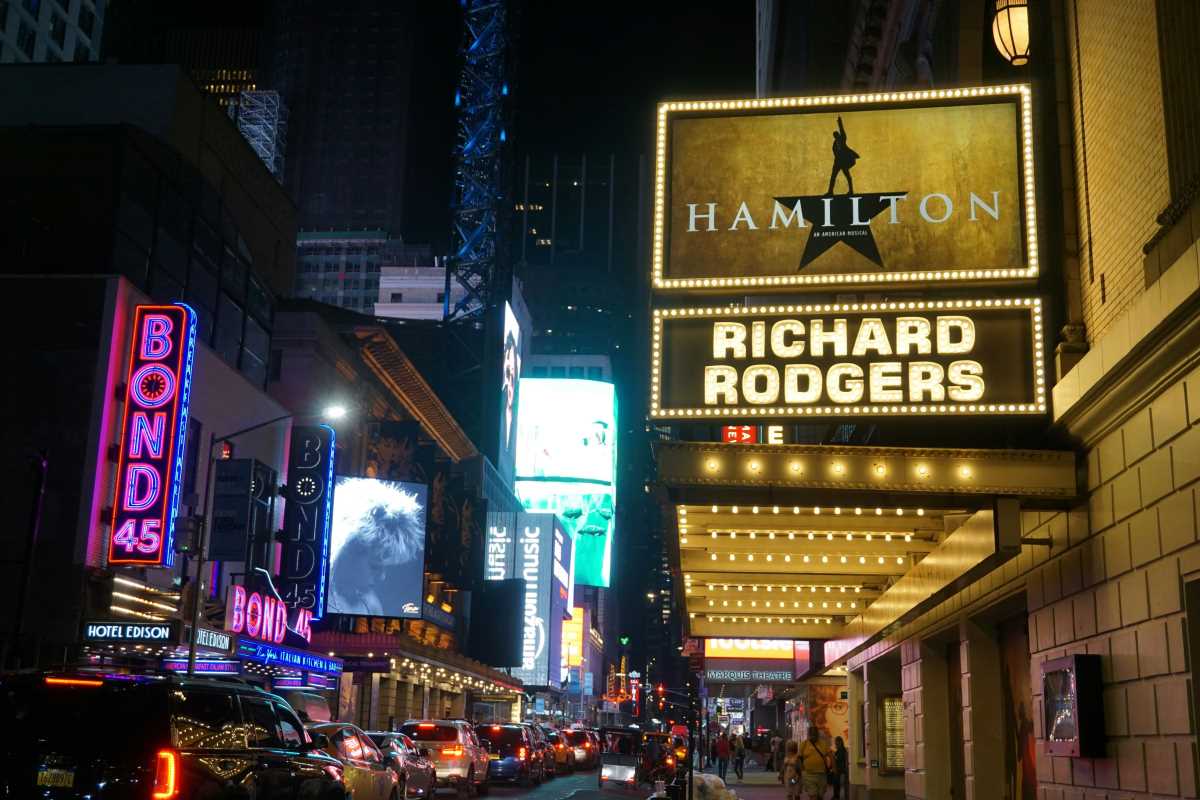Dance performances open a window into the rich traditions and stories that shape communities across the globe. Traditional dance shows bring to life the colors, rhythms, and emotions that define cultural identities, allowing audiences to experience history in motion. Vibrant costumes, spirited music, and expressive choreography turn each performance into a celebration of heritage. Whether it’s the lively steps of South America or the elegant gestures of Asia, these dances share stories passed down through generations. Every movement on stage reveals the values, beliefs, and collective memories that continue to unite people and preserve their unique customs.
These performances are not just about entertainment; they serve as a celebration of identity and tradition. The dancers bring centuries-old narratives to life, capturing a sense of pride and belonging that resonates deeply with audiences. Let us take a journey into these experiences and discover how dance acts as a storyteller of cultural heritage.
The Cultural Power of Traditional Dance Shows
Traditional dance actively expresses lived experience. It preserves histories and customs while showcasing the artistic talents of the performers. Many communities depend on these shows to pass down legends and significant events from one generation to another.
The impact of these performances on society can be summarized in a few key points:
- They act as living museums, keeping the memories and practices of a culture alive.
- They foster a sense of unity among audiences and participants by celebrating shared history.
- They inspire younger generations to embrace their heritage and continue long-standing customs.
Spotlight on 9 Traditional Dance Performances
This section features nine captivating dance performances from around the globe. Each performance offers its own unique set of movements and a peek into the folklore or historical events that shaped the respective culture.
Here is a numbered list of the traditional dance shows:
- Bharatanatyam – Originating from India, this dance form combines storytelling with precise hand gestures and footwork, reflecting myths from ancient epics.
- Flamenco – Coming from Spain, it blends intense emotions with rhythmic clapping and striking guitar melodies, symbolizing passion and resilience.
- Hula – A native dance of Hawai'i, it tells stories of nature, love, and spirituality through graceful hip movements and narrative chants.
- Samba – Deeply rooted in Brazilian culture, samba features lively steps and swirling costumes that celebrate life, renewal, and festive spirit.
- Irish Step Dance – This energetic performance from Ireland uses rapid footwork and rhythmic patterns to portray local legends and community bonds.
- Kathak – From the rich cultural backdrop of India, it combines storytelling with swift spins and expressive facial gestures, addressing themes of devotion and romance.
- Belly Dance – Originating from the Middle East, it uses fluid body movements to express femininity, love, and liberation within ancient narratives.
- Capoeira – More than just a dance, this Afro-Brazilian art form blends martial arts with fluid moves, embodying tales of resistance and survival.
- Cossack Dance – A vibrant and energetic performance from Eastern Europe, it captures the heroic spirit of historical warriors through its bold leaps and stances.
Cultural Stories Behind the Movements
The rich layers of symbolism in every gesture invite us to understand the deeper narratives behind the performance. Many traditional acts serve as a visual diary where each movement represents a chapter of a community's history. Stories of love, conflict, and triumph come alive on stage, making the dance a living archive of heritage and experience.
Audiences can gain insight into many cultural stories through these expressive performances. They breathe life into ancient legends and transform classic narratives into vibrant experiences. As the drummer sets a powerful rhythm and the dancers move with precision, they celebrate and preserve historical lessons and enduring myths.
Experiencing Traditional Dance Around the World
Traveling to see these performances can open your eyes to new worlds. Authentic cultural celebrations often happen during local festivals or special cultural nights, offering an immersive experience that celebrates the community’s identity. Exploring traditional performances while traveling deepens your journey by connecting you directly with the history and passion of a place.
Here are some tips to help you enjoy these vibrant shows:
- Plan your trip around local festivals known for featuring dance performances.
- Learn basic phrases or cultural etiquettes to show respect during performances.
- Research local traditions to better understand the story behind the movements.
- Attend workshops or pre-performance talks to gain a deeper knowledge of the origins of the art form, including insights about traditional dance.
The Impact of Dance on Community and Celebration
Dance brings people together at festivals and gatherings, creating shared joy that transcends language and culture. It fosters connection, pride, and deeper understanding of community values.
From local traditions to vibrant performances, dance unites generations through movement and story. Let these celebrations inspire your own cultural journey.
 (Image via
(Image via





